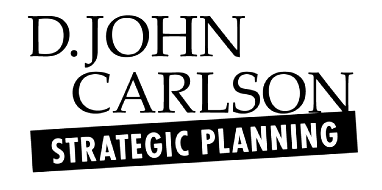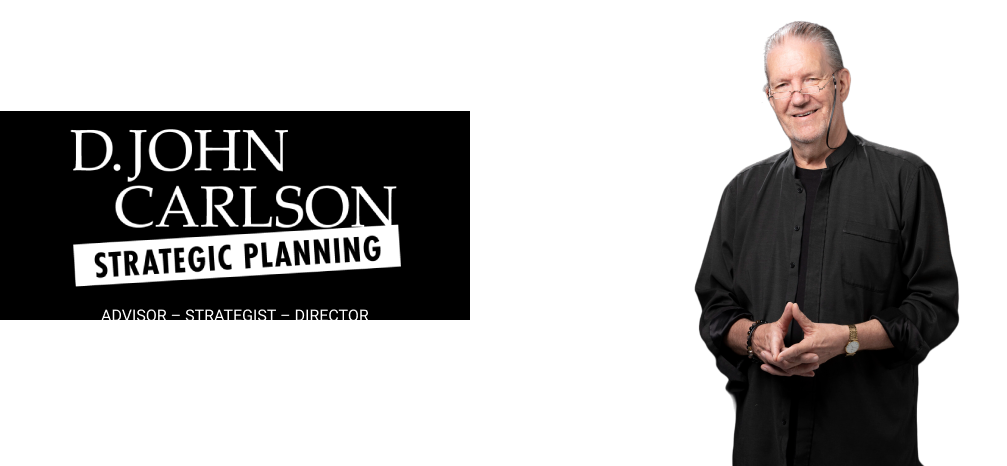Few businesses on the planet have been more successful than IKEA. Established in 1943, the world’s 8th largest retailer employs 211,000 people in one of 445 stores in 52 countries. In 2022, IKEA reported a gross profit of 14 billion euros, up from 13 billion euros in the previous year. IKEA has revolutionised retailing, persuading shoppers to travel […]
Few businesses on the planet have been more successful than IKEA. Established in 1943, the world’s 8th largest retailer employs 211,000 people in one of 445 stores in 52 countries. In 2022, IKEA reported a gross profit of 14 billion euros, up from 13 billion euros in the previous year. IKEA has revolutionised retailing, persuading shoppers to travel to its out-of-town stores, navigate the maze-like layout of the stores, transport the furniture home, and assemble it themselves – all features that traditional retailers would never embrace. These features of the IKEA experience have delivered great success – even leading to the documentation of the ‘IKEA effect’ – a cognitive bias in which consumers place a disproportionately high value on products they partially created. Given its success over 80 years, it would be understandable for IKEA to resist any change to its unique formula. Many businesses would have considered the IKEA idiosyncrasies sacred cows.…


 Back
Back